Article Explorer
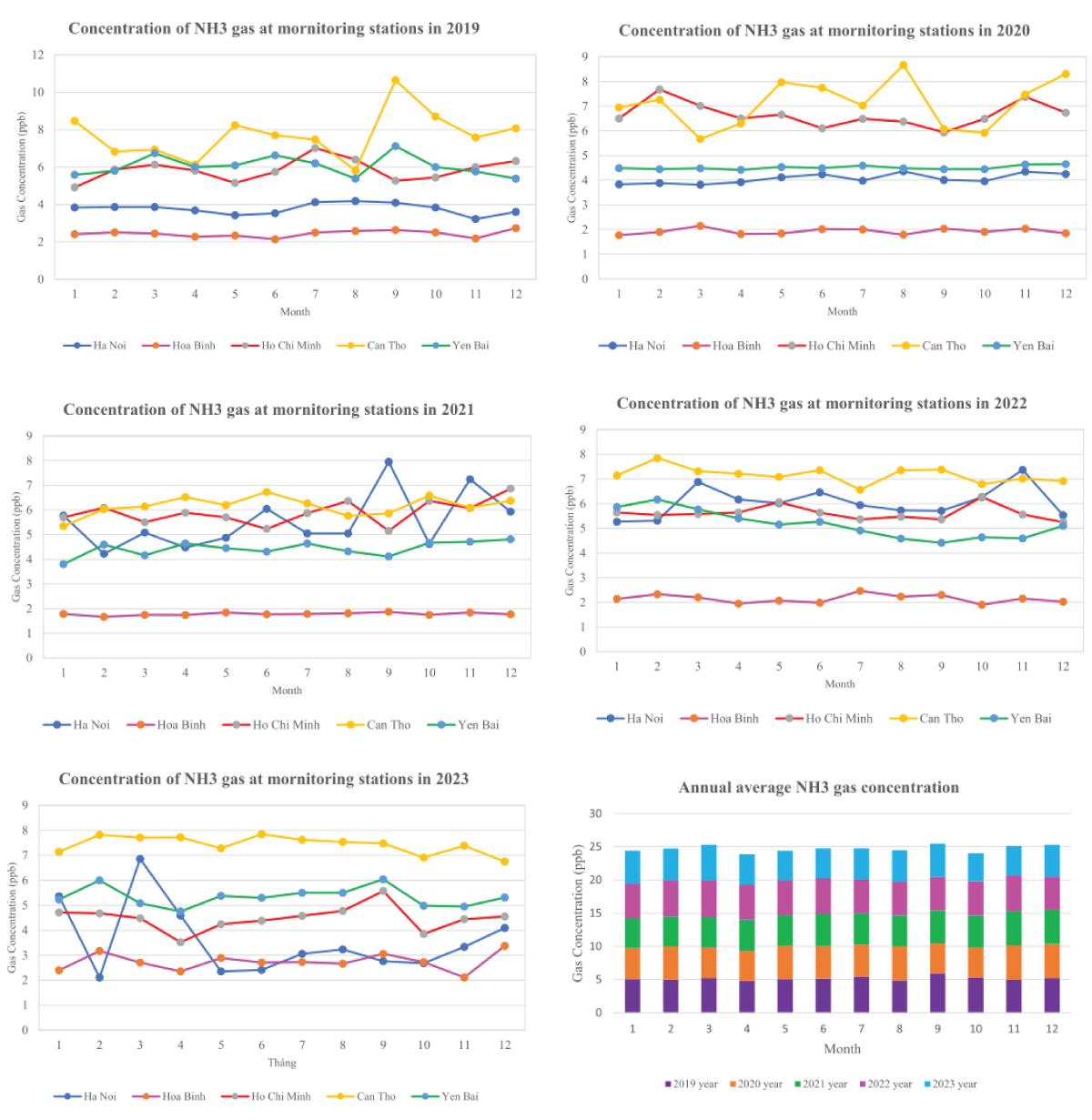
Ammonia: A Trend of Dry Deposition in Vietnam
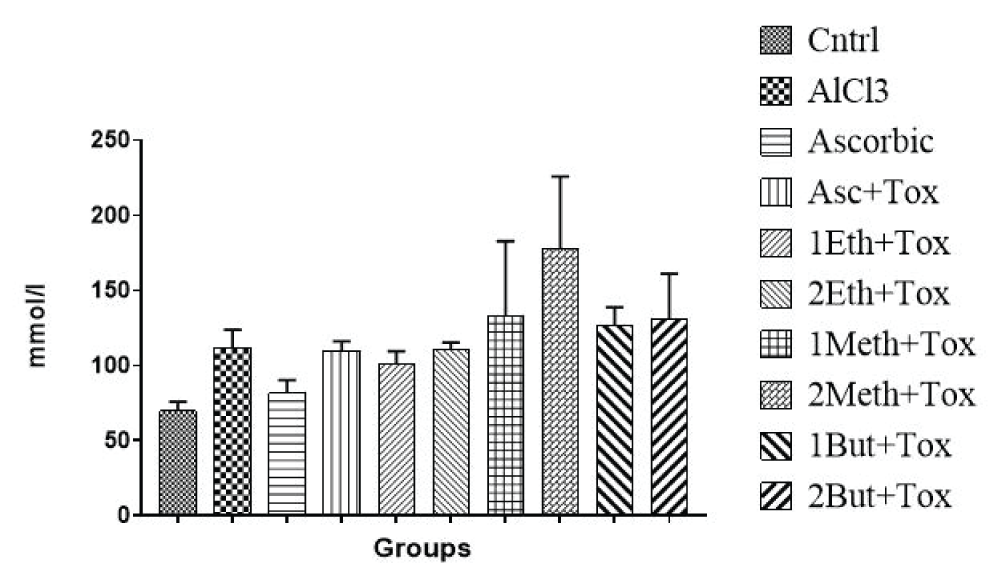
Synergistic Assessment of Supplementation of Ascorbic Acid and Massularia acuminata Extracts on Serum Electrolyte and Lipid Profile Indices of Dyslipidemia in Adult Wistar Rats Exposed to Aluminum Chloride Toxicity
Zinc Supplementation in Anorexic Children with Vomiting Syndrome: Evaluation from a Randomized Controlled Trial in Vietnam
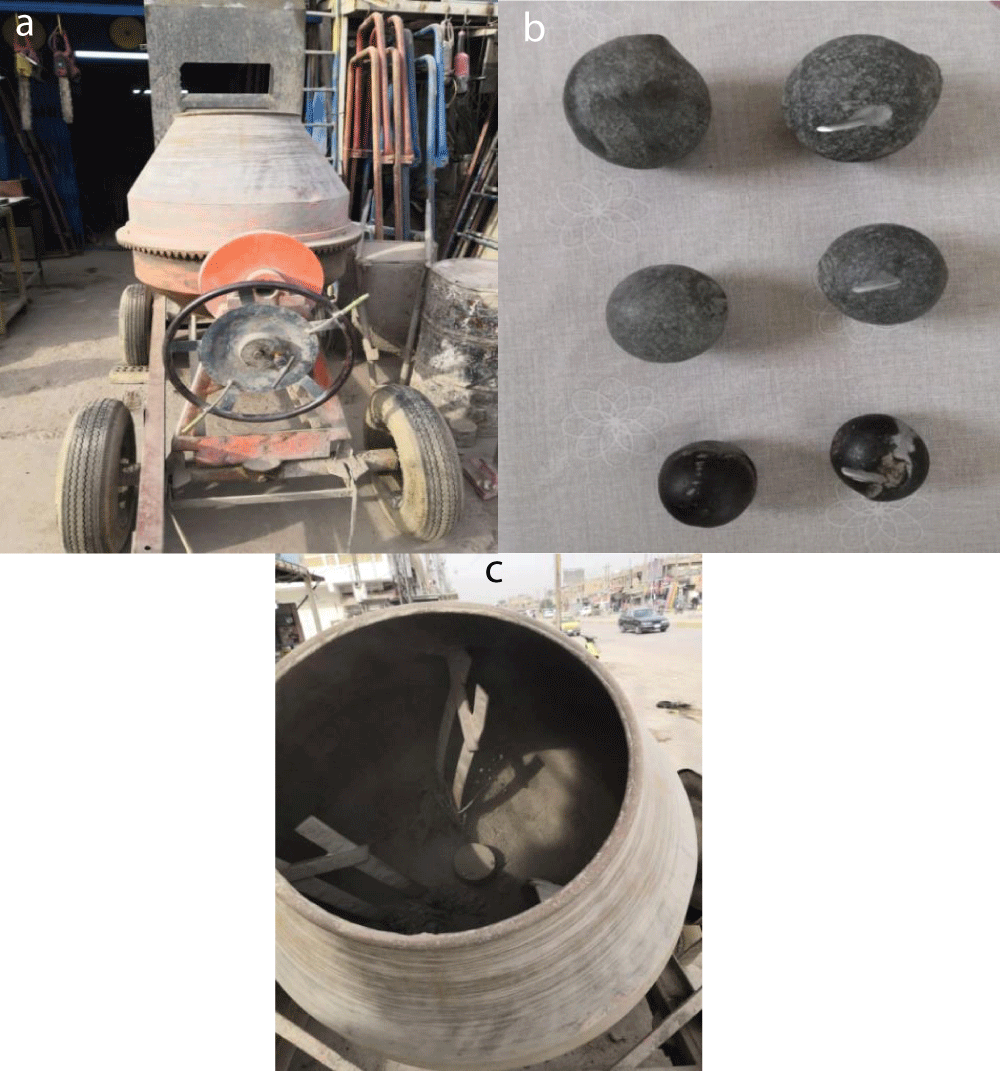
Utilising Phytoremediation in Green Technologies: Exploring Natural Means of Environmental Clean-up

Abrasive Wear in Some High Fe-Cr-C Alloy in Cement Powder
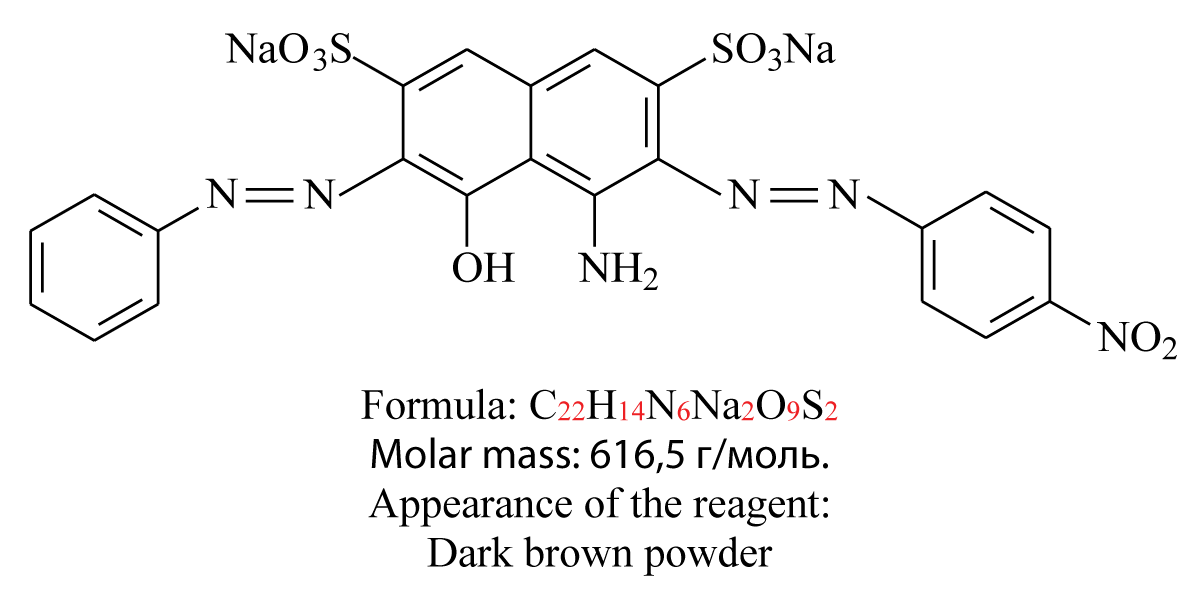
Sorption-based Spectrophotometric Assay for Lead(II) with Immobilized Azo Ligand

Erosion Corrosion of Commercially Pure Titanium and Ti-6Al-4V Alloy in Sodium Chloride Solutions with and Without Suspended Solids
The Salt and Dust of the Aral Sea Could Turn Central Asia into A Second Sahara
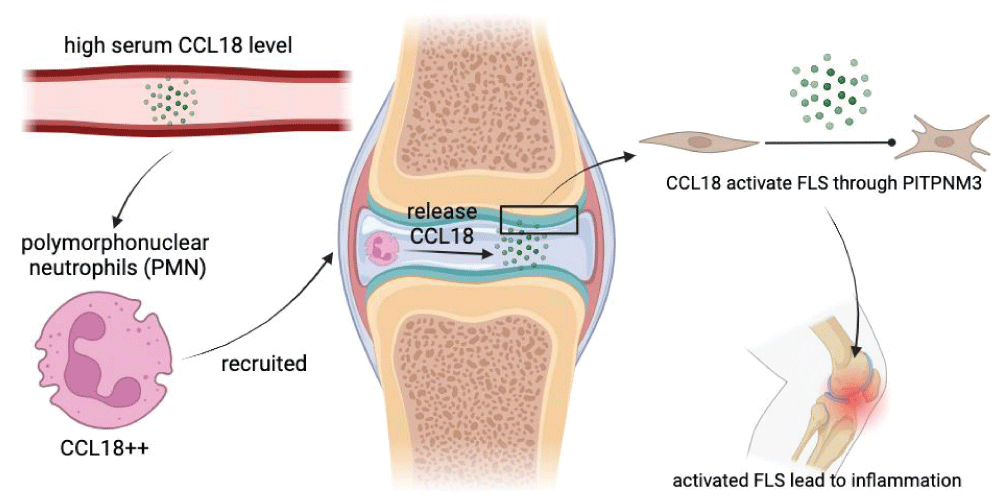
The Role of CCL18 in Rheumatoid Arthritis Diseases
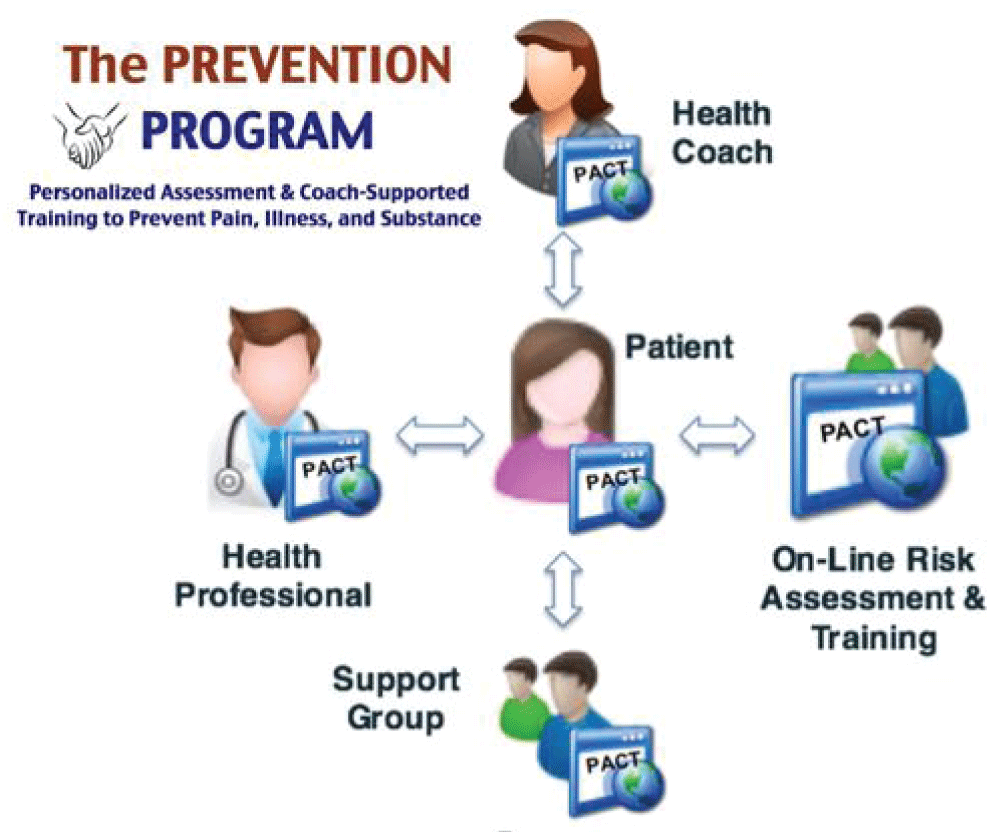
Preventing Chronic Pain: Solutions to a Public Health Crisis
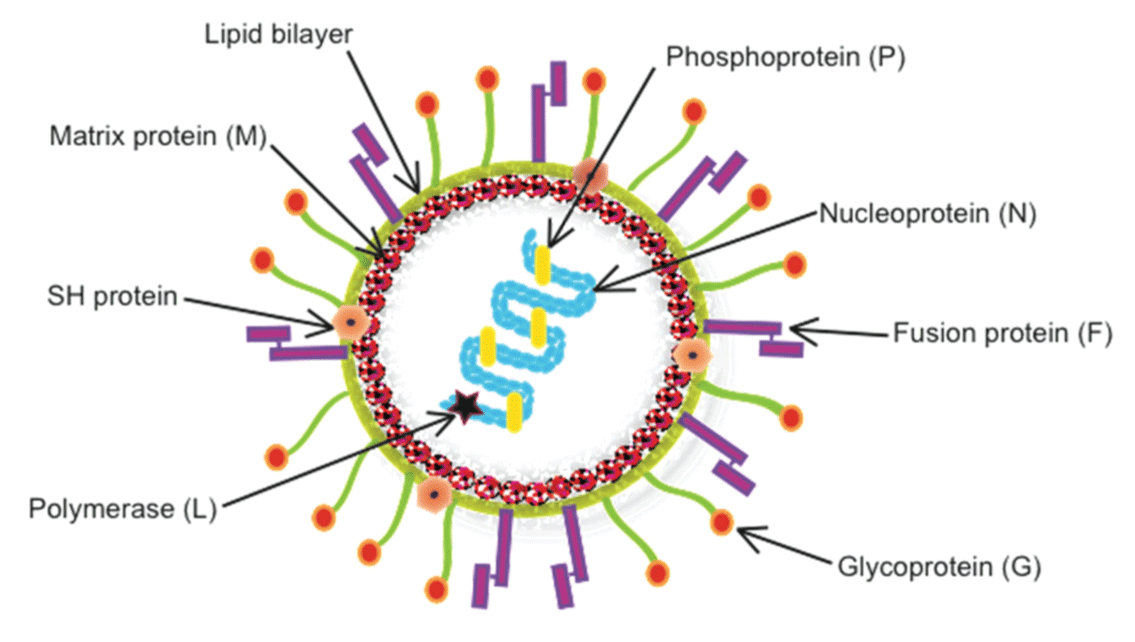
New HMPV Virus Outbreak: Emerging Concerns and Public Health Implications
 Research Article
Research Article
Ammonia: A Trend of Dry Deposition in Vietnam
This research used the calculating method of dry deposition to estimate ammonia (NH3) dry deposition value and evaluate its trend in 5 recent years. The results indicate that NH3 concentration is from 1.5 to 11ppb and sites in Southern Vietnam have higher NH3 gas concentration than Northern Vietnam. The high emitted concentration in September is at the Can Tho site in 2019 and in March at the Ha Noi site in 2023. The 2021 year has the highest NH3 dry deposition with 35.59 kg/ha/ year and the 2023 year has the lowest NH3 dry deposition with 24.4 kg/ha/year. Hoa Binh site has the highest NH3 dry deposition and a strong increase in December 2021. The Can Tho site has high NH3 dry deposition in most of the years from 2019 to 2023. The rural site reveals higher NH3 dry deposition than other sites due to agricultural activities. Medium NH3 dry deposition in 2021 is higher than other years with the biggest gap between years of NH3 dry deposition. The decreasing trend of NH3 dry deposition occurred from 1999 to 2023 and there is a strong increase in 2021, then it is sharp decrease to 2023. The decreasing trend reveals a perfect signal for improving environmental quality in good monitoring with NH3 dry deposition.






